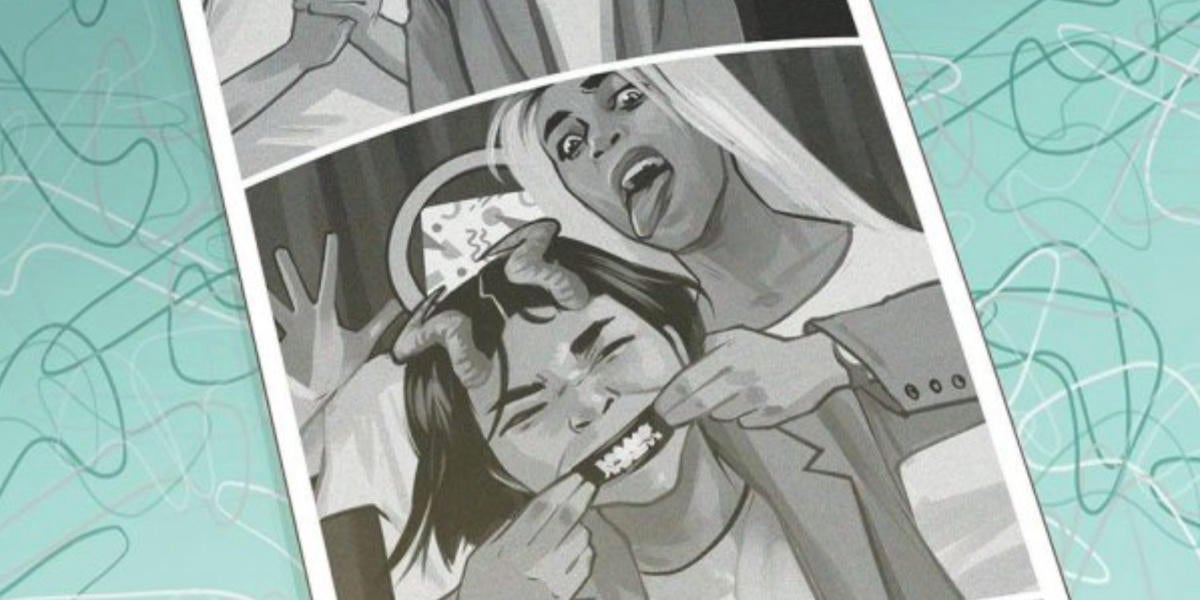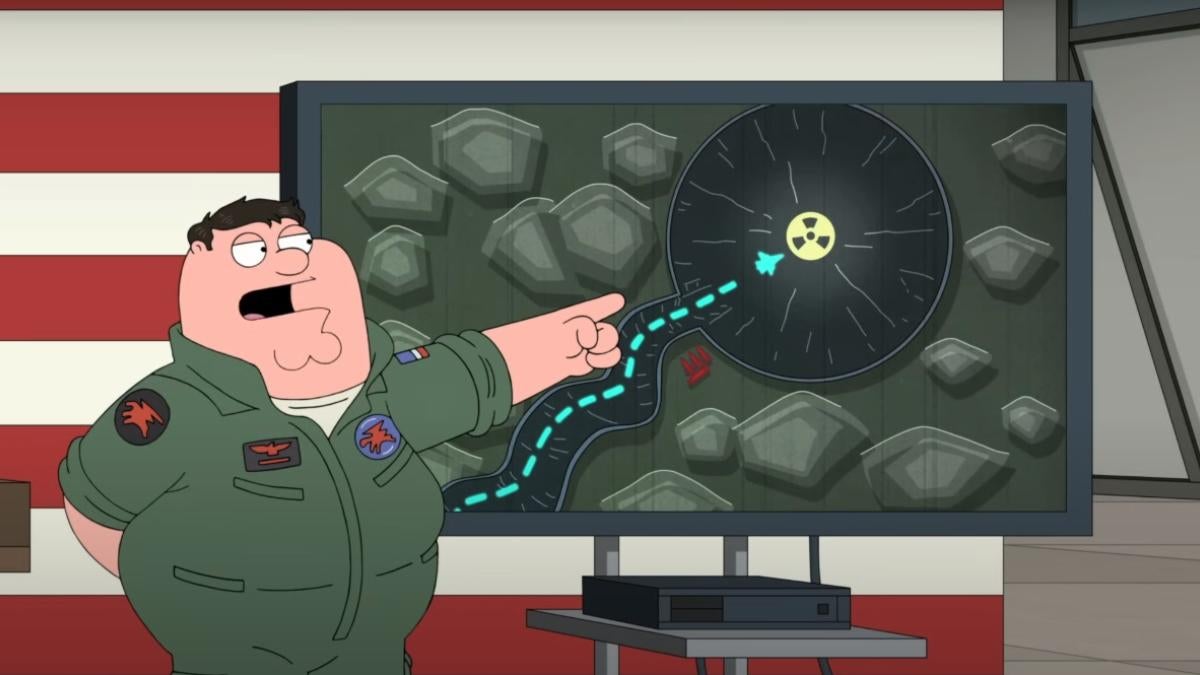Saga #60 Review: Incredibly Resilient
Saga possesses enough self-awareness to know that readers will be on pins and needles walking into the final issue of any arc and respond to that dreadful anticipation. The list served up to Gale for executions at the end of Saga #58 frames the very first page and continues to toy with expectations until the final few pages arrive, and they are absolute heartbreakers. What makes it all the worse is how wonderfully Saga's return has framed this cliffhanger (until Saga returns in January 2023) providing plenty of mention and affection for the subject of those final few pages.
I'll do my best to not outright spoil the specific events of this issue, but if you're still reading I would sincerely encourage you to read Saga #60 before any review as it delivers the exact sort of visually thrilling and emotionally captivating singles issues of story that Saga built its reputation upon.

This entire arc of Saga has been, relatively speaking, peaceful for Alanna's family considering what they endured across the series' first 54 issues. Yes, they were kidnapped by pirates and engaged in a potentially lethal drug deal, but everyone came out whole with their most fearsome pursuers still several steps behind. That structure allowed the narrative and characters to resonate on the obvious absences from the cast. Both Marko and Prince Robot IV were leading men and the series in their wake has modified its mode of storytelling with Hazel stepping into her own unique thread independent of her caretakers. Saga #54 opens on her fleeing merchants in the streets of some strange city and then surviving a suicide bombing with asterisk of "physically anyway." Throughout the past 5 issues, Hazel has meditated on how those around her responded to Marko's absence, but she only comes to focus on herself in the pages of Saga #60.
Before the issue arrives on that emotional climax, it provides several very tense windups. The opening splash is unremarkable except that its subject is bound to set readers nerves' on edge. Both the interrogation at the start and bookend to another moment in Saga #54 provide terrific tension and the former seems to open a whole new subplot bound to leave readers squinting for hints. Both sequences also hinge on a single reaction—a facial expression or accidental tic—that remind readers of Fiona Staples' deft storytelling instincts as she distills everything that needs to be felt into a few considered lines amidst such elaborate settings.
The ability to subvert expectations in both sequences and reveal unanticipated windows instead of the obvious doors reminds readers of Brian K. Vaughan's impressive plotting chops, but it's also what readers expect to find in the man's comics. It's the latter half of Saga #60 that meets every expectation and still manages to surprise based on its presentation of Hazel's perspective.
Hazel and Squire have it out over the latter's confession of love in Saga #59 in a sequence that, while clearly condensed for space, is kind and clumsy and honest and not far from what children are capable of accomplishing when left to their own devices. Hazel emphasizes how she sees the world and expresses some genuinely painful emotions with the bluntness that comes with ten years of age. It's an impressive sequence much improved by its setting – a locale so absurd it's bound to front future Saga merchandise. All of this also serves to fix readers in Hazel's state of mind with a steady delivery of close up panels providing a full array of her emotions.
What follows, with pages running short, can already be anticipated by any reader of the previous 59 issues is that something terrible is bound to occur, and it does.
The second splash page in Saga #60 that follows is one of the best pages Staples has contributed to what is already a remarkable run of comic books. There's a depth and shift in details and style that morph around the central form in a fashion capable of holding one's eye for an indefinite period of time. The black borders moving out to the bleed ensures the moment seems to last forever before eyes descend on a spectacular collection of silhouettes. It's a harrowing image.
Its' echo on the final page is nearly as engrossing, but is made all the more poignant by the sequence connecting them. Panels move between Hazel's face in the presence to memories of Marko. As she moves through time—her face slowly contorting in distress with each new recall—readers are called back with her as they move back through perhaps 10 years of memories made reading Saga. The connection between reader and subject is made acute in this moment as they've watched Hazel grow up slowly over time, perhaps more closely than any child outside of family, and her pain is clear and resonant.
This is the face and experience of a child born during wartime.
Near the start of Saga #60 Hazel the narrator remarks that "children are incredibly resilient," before questioning that sentiment in a fashion that inevitably proves its irony. It's the sort of sentiment adults with or who care for children have become inured to over the past several years. The effects of the pandemic on education and the economy, constant school shootings, reactionary book bannings and "Don't Say Gay" laws, combined with dozens of other crises provide the effect that children are being raised during wartime; uncertainty is the fundamental assumption. And it's genuinely scary to confront what they are experiencing.
Saga has always been a reaction to the 21st century – the story of a family struggling to weather a world slowly tearing itself apart as endless struggles perpetuate systems of power and savage those without wealth or privilege. Saga #60 snaps its focus into the generation emerging from that world. Some readers of Saga, like myself, will see their own children or students or relatives in Hazel's eyes. Some readers will recognize themselves. In either case, they'll see the terrible lesson she's learning: You can't go home again.
Published by Image Comics
On July 6, 2022
Written by Brian K. Vaughan
Art by Fiona Staples
Colors by Fiona Staples
Letters by Fonografiks
Cover by Fiona Staples




